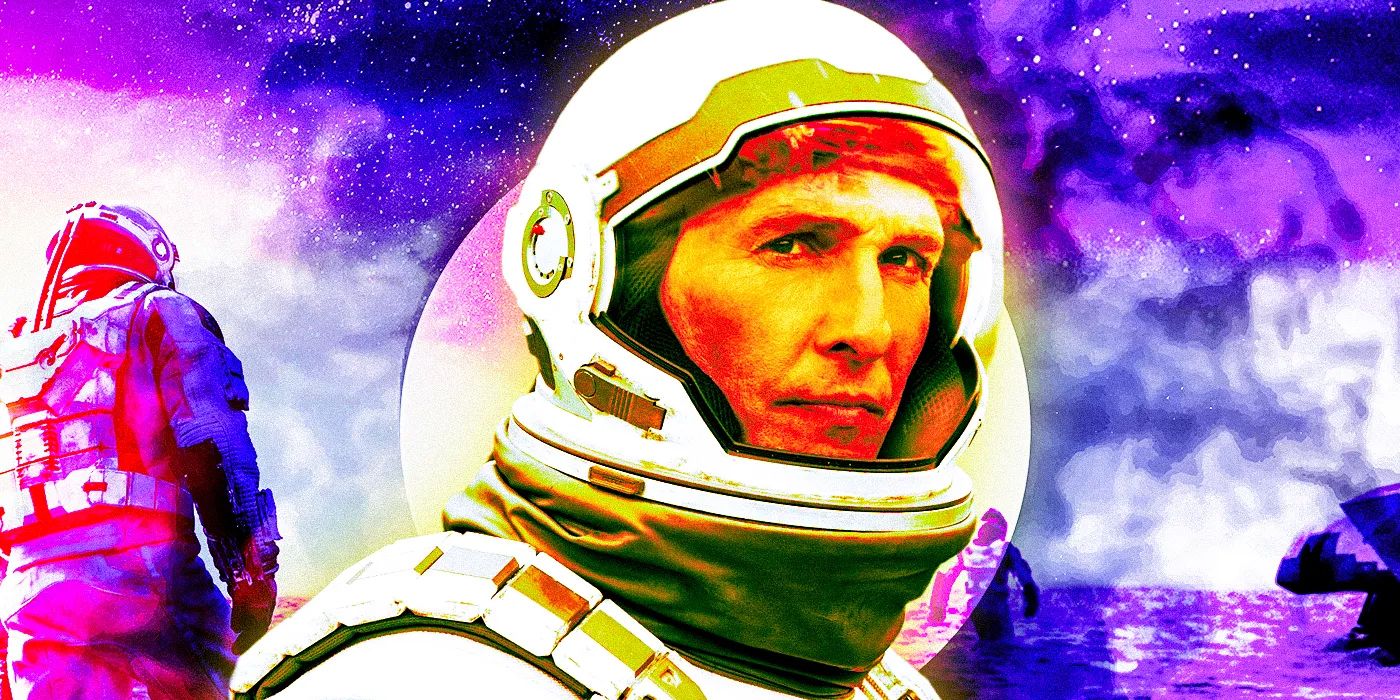
In 2014, Christopher Nolan's film 'Interstellar' was released to critical acclaim and commercial success. One of the standout aspects of the film was its impressive and accurate visuals, particularly in its depiction of a black hole. Nolan collaborated with physicist Kip Thorne to create a realistic black hole, and their efforts were proven to be accurate in 2019 when the first-ever image of a black hole was captured [0483b2b6].
Thorne's theories greatly influenced the film, and his collaboration with Nolan resulted in a visually accurate and intellectually sophisticated movie. Despite the fictional elements of the story, 'Interstellar' remains a triumph for theoretical physics and a celebrated classic in the sci-fi genre. The film's commitment to scientific accuracy and timeless visuals sets it apart as a landmark achievement in filmmaking and theoretical physics [0483b2b6].
'Interstellar' was nominated for five Academy Awards and won for Best Achievement in Visual Effects in 2015. The film's accurate depiction of a black hole played a significant role in its success, showcasing the rare integration of scientific theory and filmmaking. The collaboration between Nolan and Thorne has had a lasting impact on how black holes are depicted in films and television series, influencing future projects in the genre [0483b2b6].
The accurate portrayal of a black hole in 'Interstellar' has stood the test of time, solidifying its place as a timeless sci-fi epic. The film's visuals and scientific accuracy continue to impress audiences, even 10 years after its release. This collaboration between Nolan and Thorne serves as a testament to the power of merging scientific theory with artistic vision, resulting in a film that is both visually stunning and intellectually stimulating [0483b2b6].